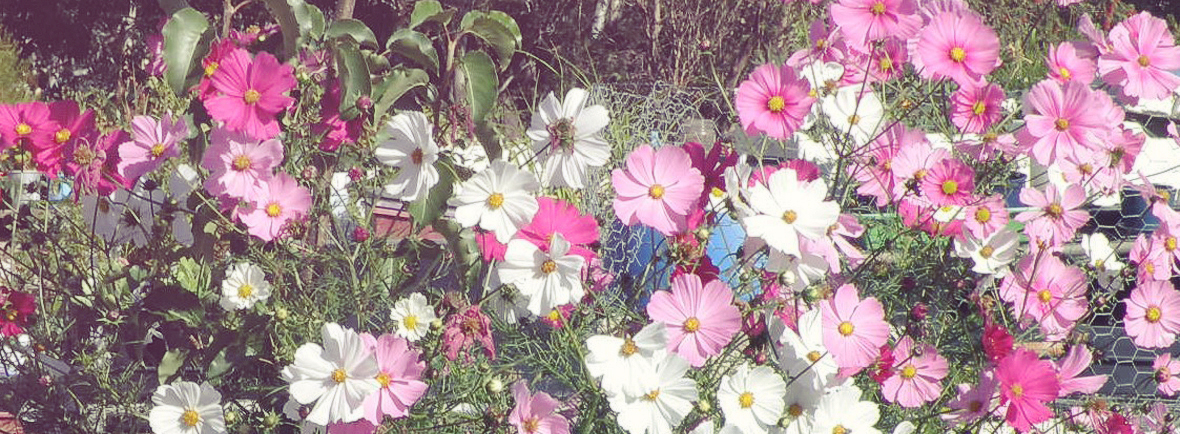Sweet peas on St Patrick’s Day
The Sweet Pea has a keel that was meant to seek all shores; it has wings that were meant to fly across all continents; it has a standard which is friendly to all nations; and it has a fragrance like the universal gospel, yea, a sweet prophecy of welcome everywhere that has been abundantly fulfilled.
– Rev. W. T. Hutchins 1900 (At the Sweet Pea Bi-centenary Celebration)

Ah, the absolute bliss of a trellis full of fragrant and deliciously colored sweet peas in spring! And Sunday March 17th is St Patrick’s Day, the traditional day for planting sweet peas (Lathyrus odoratus) in South Australia.
To get started, select an open, sunny spot with good drainage and rich soil that is not acidic (pH 6.5 is ideal). To prepare the soil, add some pelleted fertilizer and a little lime, about 100 grams per square meter should do. Water the area well, and wait until the small seedlings have emerged before watering again (if it’s very dry you may need to give the soil a sprinkling along the way). The seeds may rot if the ground is too wet. Alternatively, you may prefer to pre-soak the seeds the night before planting, which will help them to germinate.
Sweet peas come as climbing or dwarf varieties. If you choose climbers you will need to build a trellis for them before you sow to ensure their roots are not disturbed.

Plant the seeds about 20cm apart and 2cm deep. If you have trouble with birds, cover your bed with netting until germination. They may also need protection from slugs and snails. As sweet peas grow during winter, they can often be a bit spindly because of the cold weather, but do not despair! Once spring is in the air and the weather warms up, your sweet peas will take off and produce the most wonderful blooms.
 Pick the flowers as they come into blossom. Apart from providing gorgeous scented scenery for the house and gifts for friends, picking them now ensures repeat and extended flowering. If you leave the flowers on they will develop seedpods and stop producing flowers. So at the end of the season, leave some flowers on to provide seed for next year.
Pick the flowers as they come into blossom. Apart from providing gorgeous scented scenery for the house and gifts for friends, picking them now ensures repeat and extended flowering. If you leave the flowers on they will develop seedpods and stop producing flowers. So at the end of the season, leave some flowers on to provide seed for next year.
And to be sure, to be sure, if you miss the St Patrick’s Day planting, you still have several weeks to sow your seeds. Please give them a try – they are so glorious!
Happy gardening,
Amanda


